Cambodia is an ancient civilization with a long history. Due to 80% of the residents are Khmer people, it is also known as “Khmer”. Cambodia has a diverse textile culture with a long textile tradition dating back to the 7th century. The exhibition “A World of Looms: Weaving Technology and Textile Arts in China and Beyond” which is displayed currently on China National Silk Museum shows looms and fabrics from Cambodia.

On the evening of July 14th, “Evening on the Silk Road ” series of activities, “Khnorian Evening”, opened at China National Silk Museum.
The “Khnorian Evening” was hosted by China National Silk Museum, was guided by Zhejiang People’s Association for Friendship with Foreign Countries and Zhejiang Cultural and Arts Exchange Promotion Association, was co-organized by Hangzhou Municipal Tourism Commission,Hangzhou City Brand Promotion Association, International Silk Union, Zhejiang New World International Tourism company and Hangzhou Opera and Dance Theatre, also was supported by Xiaofeng Bookstore.
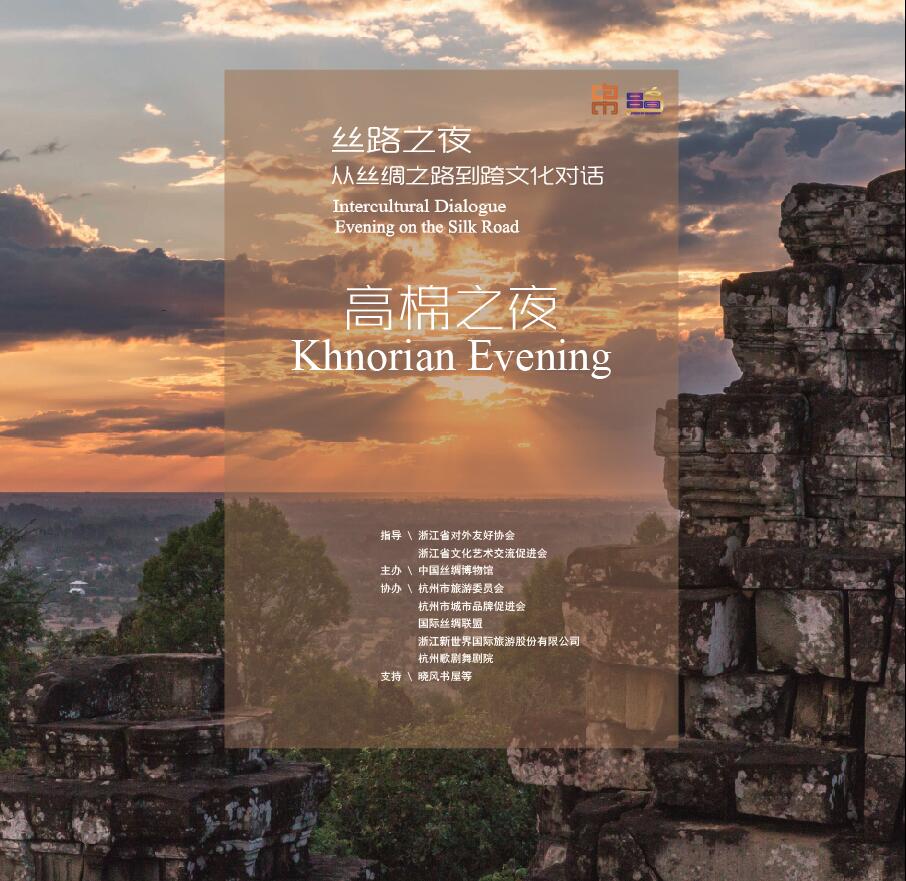
At the beginning of the event, Lu fangfang, the assistant curator of “A World of Looms: Weaving Technology and Textile Arts in China and Beyond” exhibition, brought a wonderful tour for guests.
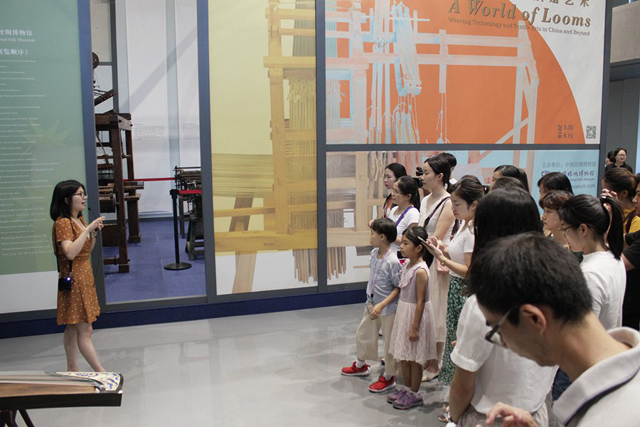
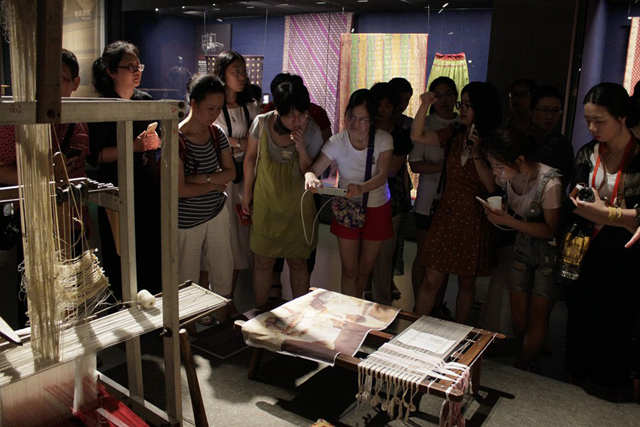
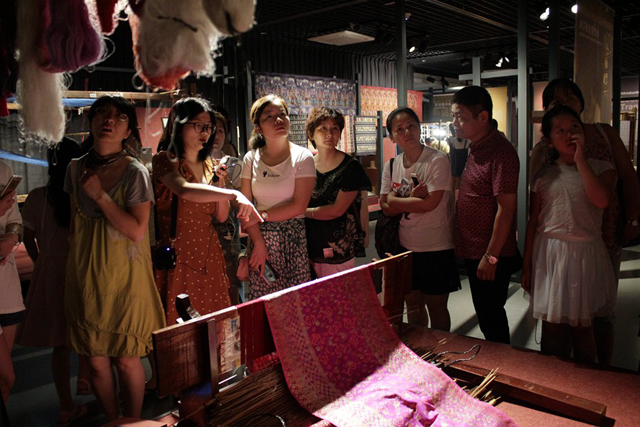

Mr. PAV Eang Khoing, the silk products director of Angkor Artisan Silk company, shared the Cambodian silk history and the production process of silkworm, and also showed the characteristic fabrics with Cambodian traditional patterns of diamond and jasmine to guests.
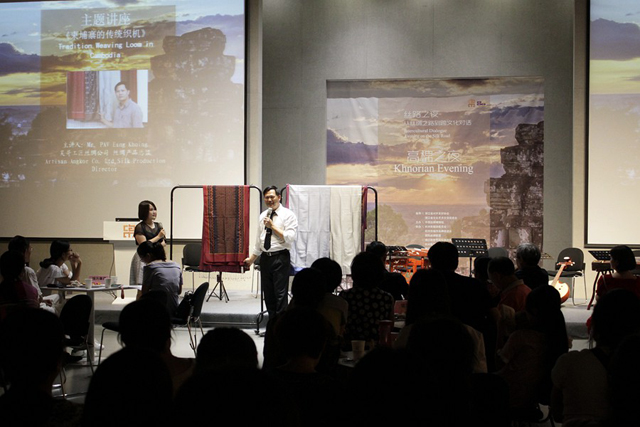
Cambodian traditional silk industry is diverse, and is also actively exploring the development pattern of silk industrialization. Liu shuangshuang, the secretary of International Silk Union and the deputy director of Hangzhou Silk Culture and Brand Research Center, gave a lecture entitled “The perspective of the International Silk Union about Cambodian silk industry” to analyze the situation of Cambodian silk industry by interpreting the history of traditional silk weaving in Cambodia, historical relics and the current development status of the silk industry.

Cambodia was founded in the second half of the first century, went through the Funan, Chenla, Angkor and other periods. Especially, the peak of the Angkor dynasty was from the 9th century to the 14th century, and created the world-famous Angkor civilization. Through the lecture “The Smile of Angkor” by Wang li, who was the vice general manager of Zhejiang New World International Tourism company and the visiting professor of Hangzhou Wenlan Lecture Room and Hangzhou Normal University, the guests deeply felt the charm of Angkor Wat from history, architecture, religion and other aspects.
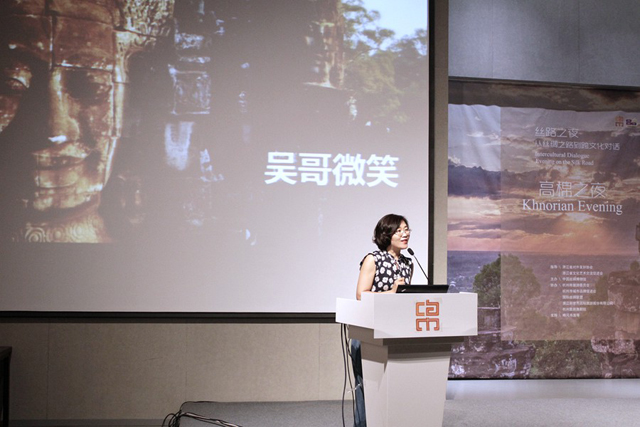
While listening to lectures and enjoying performances, visitors also tried the local snacks of Cambodia.
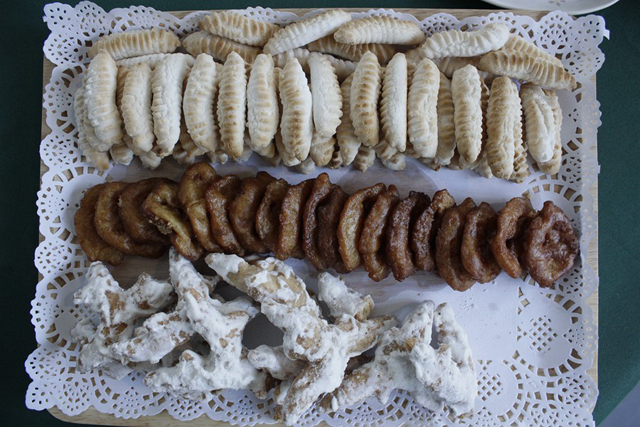
Between the lectures, the unique Cambodian music and dance also brought a different experience for guests. Xizi National Music, a folk orchestra under the Hangzhou Opera and Dance Theatre, used traditional Chinese instruments to perform the Cambodian music, Brise de Novembre, Monica and Phnom Penh.
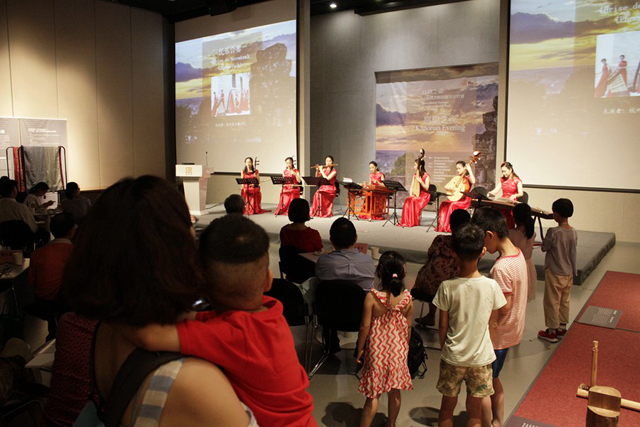
Cambodian dance is divided into classical court dance and folk dance. Court dance has distinct national style with a long history, however folk dance is more lively. Along with the traditional Cambodian dance brought by Hangzhou Opera and Dance Theatre, “Khnorian Evening” also came to the end.
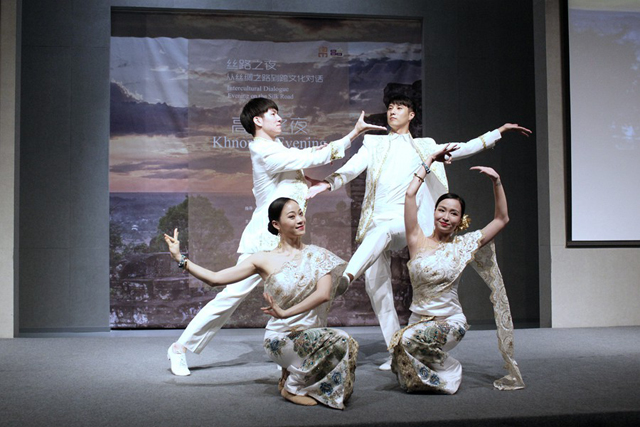
In that afternoon, Mr. PAV Eang Khoing with Cambodian professional weavers brought a Cambodian loom workshop. Now, traditional Cambodian clothing is still made by hand-made looms. It mainly uses the simple loom and naga loom which is used to weave the advanced jacquard fabric. Mr. PAV Eang Khoing introduced various kinds of Cambodian fabrics, as well as abundant silk patterns and a variety of silk applications.
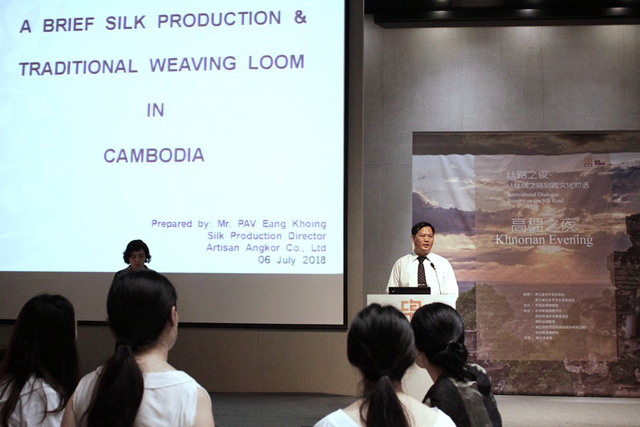
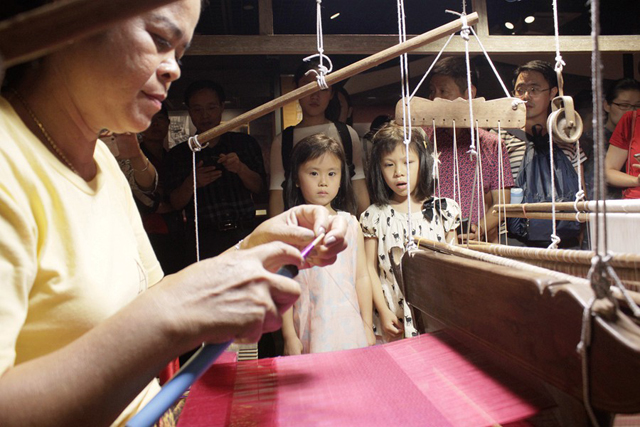
 Pay attention to us
×
Pay attention to us
×